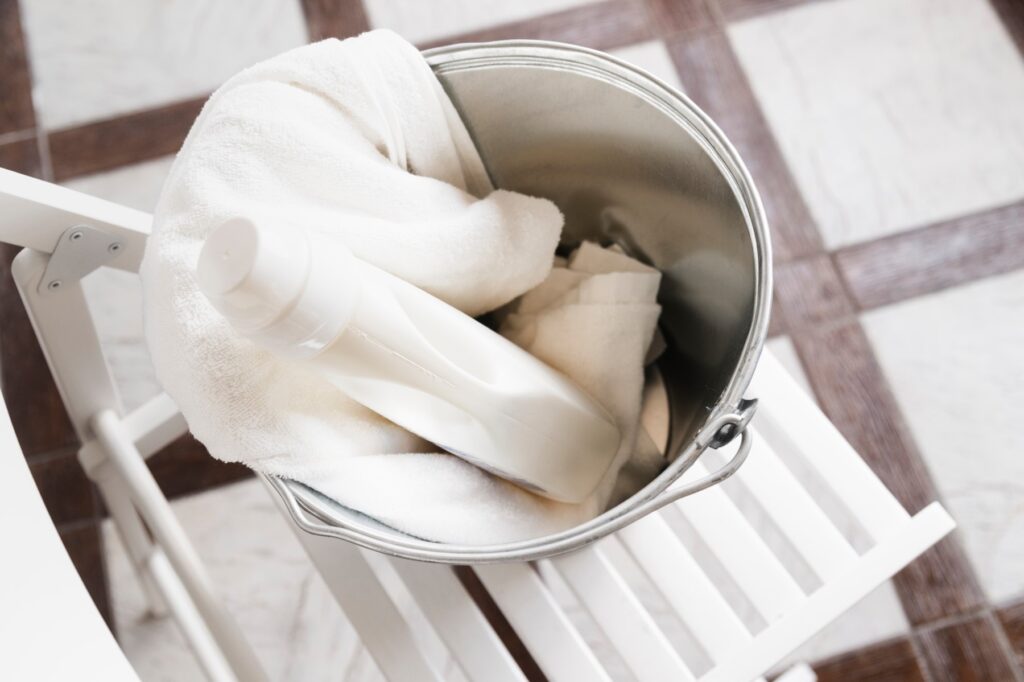
What is Bleach?
Bleach is a powerful cleaning and disinfecting agent that is made up of chlorine and other chemicals. It is a common household item used to clean and disinfect surfaces and fabrics. When used in large amounts, bleach can be hazardous to both people and the environment. Bleach down the kitchen bleach is often used.
How to dispose of bleach?
Do you have a bottle of bleach that you need to dispose of? Or are you considering bleach disposal and aren’t sure what the best way to do it is? Bleach is a powerful and effective cleaning agent, but it can also be hazardous if not disposed of properly. This article will discuss what bleach is, the steps for how to dispose of it, and answer common questions such as whether you can pour bleach down the drain, can diluted bleach go down the drain, and whether it is OK to pour bleach on the ground.
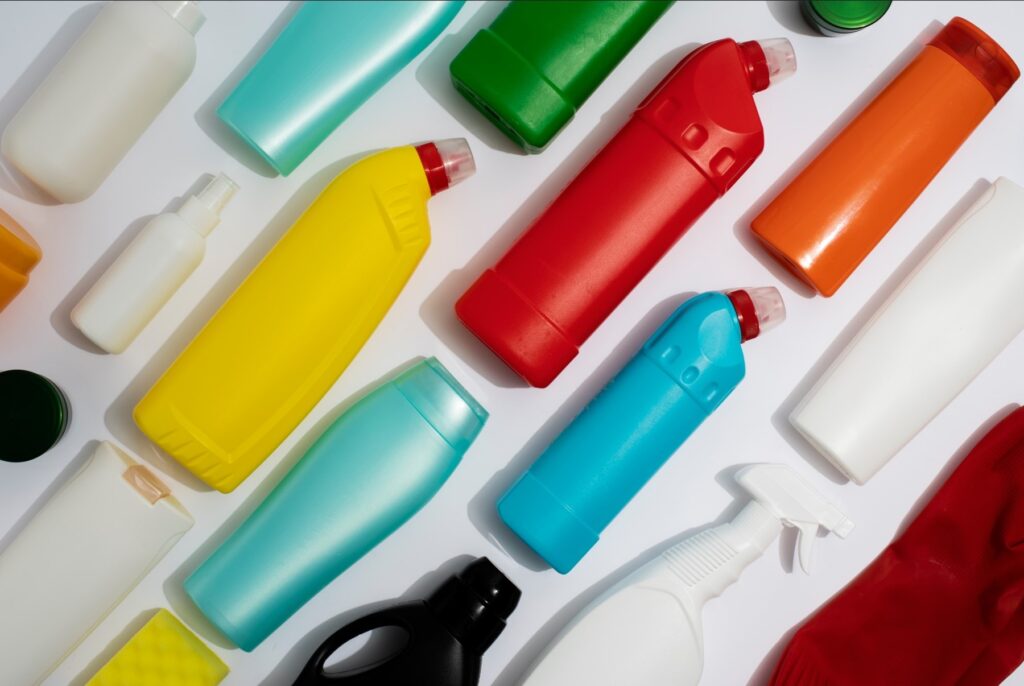
Few Simple Steps how to Dispose of Bleach
- The safest way to get rid of your old or unused bleach is to take it to a household hazardous waste facility. If you cannot take it to a facility, you can follow the steps below to dispose of it safely.
- Dilute the bleach. Bleach should be diluted with plenty of water before disposal. To dilute, fill a cup with water and slowly pour the bleach in. Mix the solution until it is completely diluted. It’s the first step.
- Pour the diluted bleach down the toilet. Do not pour it directly into the toilet bowl, but instead fill a cup with water and pour it into the toilet to help the bleach safely go down the drain.
- Recycle the bleach container. Bleach container is recyclable so make sure to rinse the container out before recycling it.
Can You Throw or Diluted Bleach Down the Drain?
Yes, it is safe to pour diluted bleach down the drain. It is important to remember that bleach is a powerful chemicals and should only be used in small amounts. Pouring large amounts of bleach down the drain may cause damage to the pipes and other plumbing fixtures.
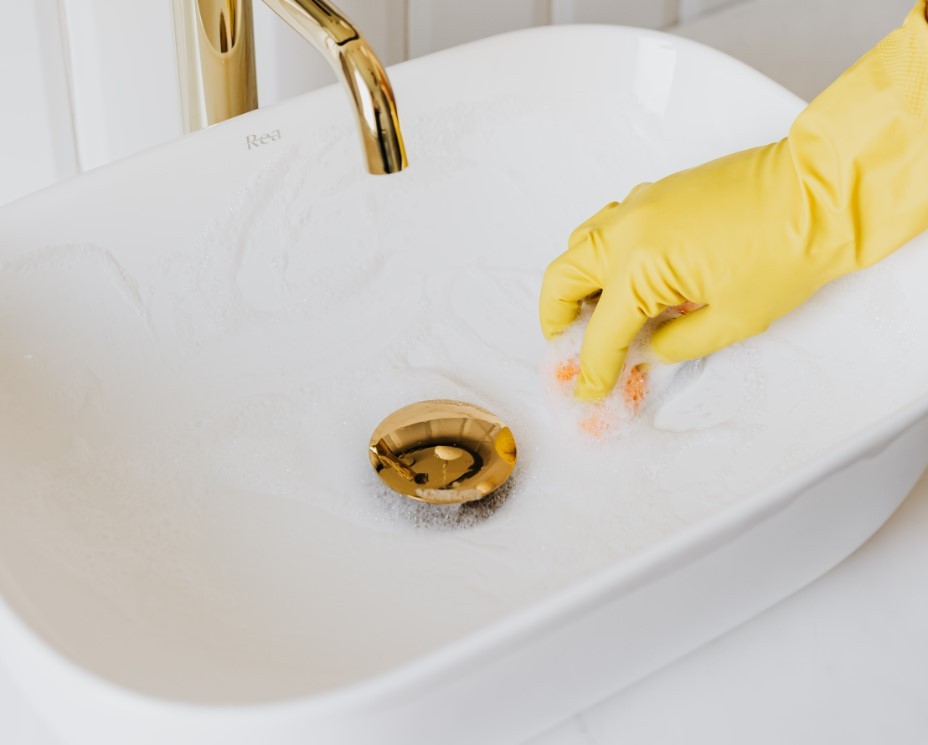
Pouring Bleach
Can I Pour Bleach Down the Toilet?
Yes, you can pour diluted bleach down the toilet as well as the kitchen sink . Do not pour the bleach directly into the toilet bowl, but instead fill a cup with water and pour it into the toilet to help the bleach safely go down the toilet drain.
Is It OK to Pour Bleach on the Ground?
No, it is not OK. Bleach is hazardous and can cause damage to the environment if poured directly on the ground. The best way to dispose of bleach is to take it to a household hazardous waste facility or to dilute it with plenty of water and pour it down the bathtub drain or kitchen drain.
Pouring Bleach Down Septic Tanks.
When it comes to managing your kitchen drain and waste disposal system, pour the bleach down your septic tank can seem like a great solution. But it’s important to be aware of the risks and to know how to share your excess bleach with others in a safe and responsible way.
Why Is It Important Safely Dispose of Bleach?
Household bleach, also known as chlorine bleach, is used for a variety of purposes, from cleaning and disinfecting surfaces to removing stains and discoloration. It’s a powerful and effective chemicals and cleaning tool, but it can be hazardous if not used and disposed of properly.
Respiratory Dangers.
When bleach comes into contact with water, it releases chlorine gas, which can be extremely hazardous if inhaled. Inhaling chlorine gas can cause irritation of the eyes, nose, throat and lungs, and can have long-term health effects.
Ingesting Bleach May Be Toxic.
Ingesting bleach can be poisonous and even deadly. If you are using bleach in a drain, it is important to flush the toilet multiple times to ensure that no bleach remains in the system. It’s also important to remove any leftover of bleach in the container before disposing of it.
Harm to Skin.
Bleach can be very irritating to the skin and eyes and can cause chemical burns if it comes into contact with the skin or eyes directly. It’s important to wear gloves when handling bleach and to use water to dilute bleach before pouring it down a drain or septic tank.
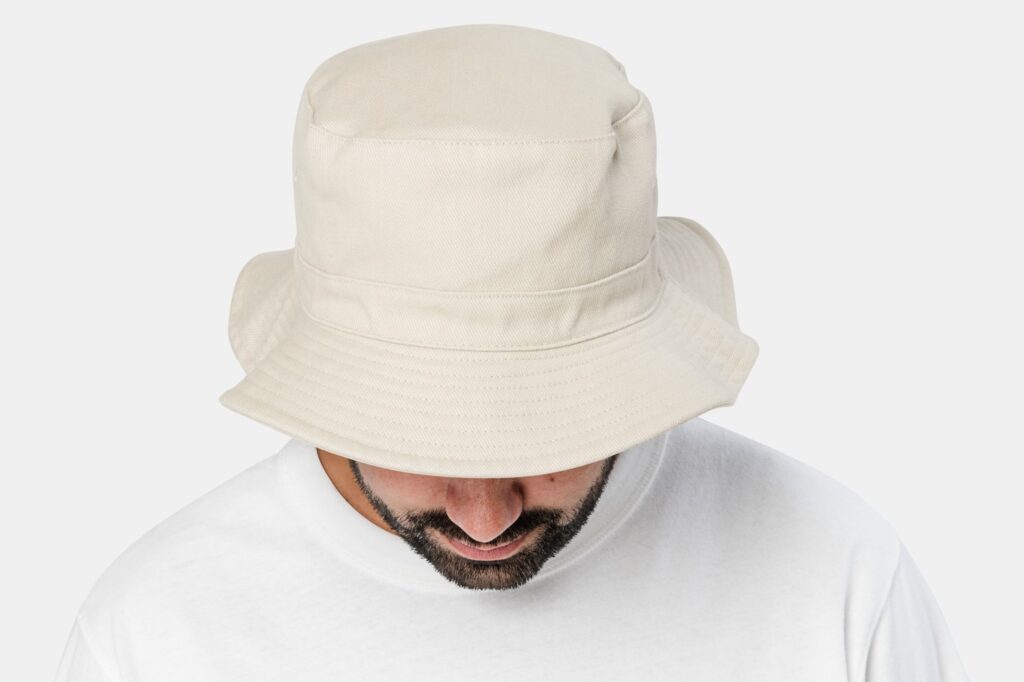
Environmental Hazards of Bleach
- Bleach can be hazardous for the environment, as it can contaminate soil and water. If you have any leavings of bleach, it’s important to take it to a local recycling facility or find a way to safely get rid of your bleach.
- If you have surplus bleach that you would like to share with bachelor friends, it’s important to do so responsibly. Check to make sure that the container is recyclable and safely dispose your bleach. If you pour the bleach down your septic tank, make sure to put bleach only in small amounts and to flush the lavatory multiple times to remove any bleach excessing. Also be sure to remove any bleach leftovering in the container before disposing of it, as dispose of mineral spirits.
- Using bleach can be a great way to clean and disinfect surfaces, but it’s important to dispose of it safely and responsibly. Be aware of the dangers of bleach and make sure to use water to dilute it before pouring it down a drain or septic tank. Always make sure to remove any leftover bleach in the container before disposing of it, and if you have surplus of bleach, find a way to share it with others responsibly.
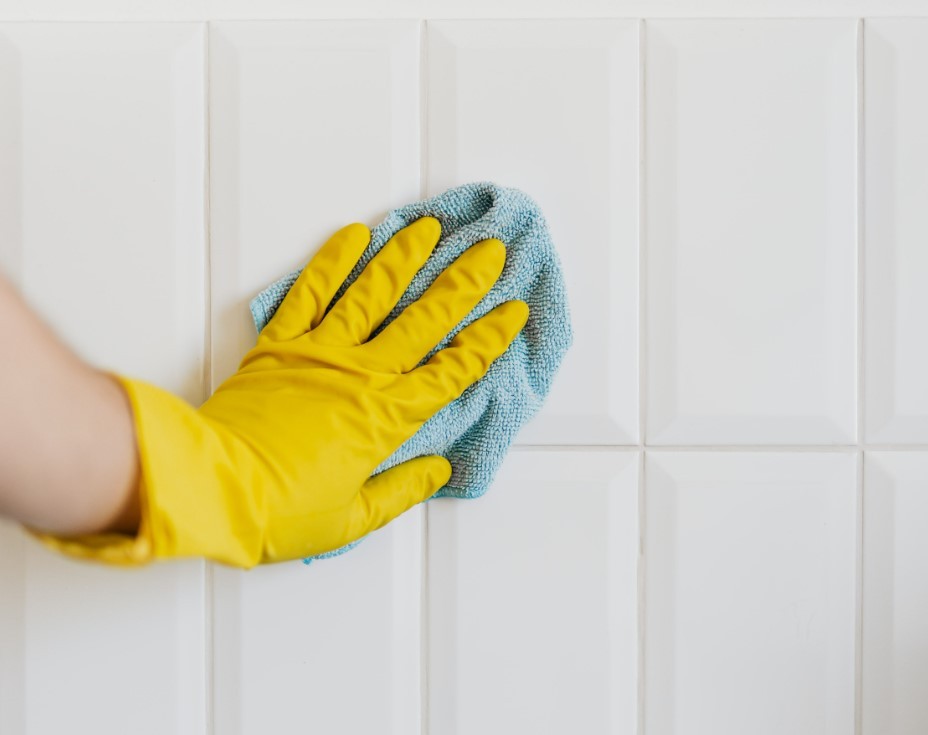
The Effects of Bleach on the Environment
The effects of bleach on the environment are quite severe, and the misuse of bleach can have devastating impacts. Bleach, also known as sodium hypochlorite, is a powerful disinfectant and bleaching agent. It is used in a variety of applications, such as cleaning and sanitizing, and it is extremely effective in killing germs. Unfortunately, bleach can be dangerous when used incorrectly or released into the environment.
1. Water Pollution.
Bleach is one of the most common causes of water pollution, as it can be released into rivers, lakes, and other bodies of water in large quantities. When bleach is released into the water, it can be extremely harmful to the aquatic life as well as surrounding environment, and can cause a variety of issues, including fish and plant die-offs. Bleach down the sink should not be poured. Dump bleach can pollute groundwater.
2. Air Pollution.
Bleach can also be released into the air, causing air pollution and affecting the health of people and animals. The effects of bleach on the environment can be even more damaging when it is released in large amounts. Should protect the environment by using less bleach. Bleach doesn’t have a significant amount of advantages to not do without it.
3. Impact on Wildlife.
Another major concern with bleach is its impact on wildlife. Bleach can be extremely toxic to many species of animals, especially birds and fish, and it can cause severe health problems. Bleach can also pollute the soil, and if it is left in large concentrations, it can cause a significant decrease in biodiversity.
4. Dangers of Sodium Hypochlorite Bleach.
The dangers of sodium hypochlorite bleach extend to humans as well. When bleach is used incorrectly, it can cause severe skin and eye irritation, and even chemical burns. In addition, bleach has been linked to an increased risk of cancer.

What can you do with expired bleach?
So, what can you do with expired bleach? When bleach is no longer effective, it should not be poured down your sink or lavatory, as this can cause water pollution. Instead, it should be disposed of as a household hazardous waste. Additionally, if there is a plenty amount of bleach residue in a lavatory bowl or other container, it’s a good idea to attenuate it with water before disposal. This will reduce its concentration and reduce the environmental impacts.
It’s also important to remember that bleach can be dangerous even when it’s used correctly. Although it’s a powerful disinfectant, it’s also a powerful oxidizer, which can cause damage to some surfaces, such as fabrics and plastics. Therefore, it’s best to use bleach only when it’s necessary, and only when it’s diluted. Additionally, it’s important to remember that bleach should never be used to whiten fabrics or other materials, as it’s not ideal for this purpose and can cause discoloration.
Finally, when it comes to reducing the environmental impact of bleach, it’s best to use it only when necessary, and to use as little as possible. It’s also important to make sure that any bleach that’s used is diluted appropriately and disposed of properly. By being mindful of these simple steps, we can ensure that bleach doesn’t have a significant negative impact on the surroundings. Liquidate the bleach properly.
Bleach bottle
What can you do with old bleach bottle?
Have you ever wondered what to do with old bleach bottles? It’s a common household item, but one that can be hazardous if disposed of improperly. Fortunately, there are several ways to liquidate of these bottles in a safe and environmentally friendly manner.
Getting Rid of the Container
- The first step is to liquidate the bleach containers, so that they cannot be reused. If you pour the remaining whitener into your toilet, any large amount of water should be added first to make sure that it is safe. If you have a small amount of whitener left, it’s a good idea to pour some water into the container and then turn on the faucet to flush it down the weeper. Bowl size doesn’t have a significant value. Make sure to add enough water so that the whitener is diluted in order to minimize the environmental damage. The toilet bowl doesn’t need to drain the whiteness.
- If you have more than a quarter of a gallon, or 0.25 gallons, of bleach left, you should not pour it down the weeper. Instead, you should take it to a household hazardous material waste facility. These are usually free and easy to find, so check out websites like freecycle.org for a list of these services near you.
- If the whitener container is empty and you need to liquidate it, you have a few options. The key to pouring it down the weeper is making sure that whitener is thoroughly diluted with plenty of water before you do so. You can also use the remaining whitener to keep your white clothes bright, while minimizing the environmental impact. To do this, turn on the tap and run the whitener directly into the bowl before flushing.
- Making your whitener last is probably the best way of protecting the surroundings. When pouring it down the drain, the concentration of the whitener should be reduced by at least one-half before it’s released into the surroundings. This means that if you have a gallon to pour, you should use at least 0.25 gallons of water to attenuate it.
Share Extra Bleach With Others
If you don’t want to use bleach, you can also donate it to family member, local organization, homeless shelters or food kitchens. These places can use donated unused items, as well as whitener, to help those in need. Give away unwanted bleach to those in need or dispose of it.
Conclusion
In conclusion, getting rid of old whitener bottles can be done in an environmentally friendly way. The key is to make sure that you attenuate the whitener with enough water and to check labels that indicate how much water to use. So the next time you have some old whitener, remember that making it last is probably the best way of protecting the human beings and do not harm vegetation.

